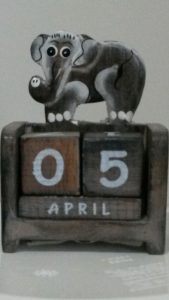If that makes you break into a cold sweat, don’t worry, we can help.
Advice and guidance is free from our website
https://yogatax.co.uk/help/
We can do your taxes for you – for a typical yoga teacher working by themselves, with or without another job, the fee is £20 plus vat – £200 a month.
So, what do you need to do? If you have been self employed at any stage 6 April 2017 to 5 April 2018, then you must:
– be registered with HMRC as self employed (deadline 5 October 2018)
– file a 17/18 Self Assessment return no later than 31 January 2019
– pay your Tax and NI on 31 January 2019
Your 17/18 Self Assessment has to include:
– business profits
– wages/salary from jobs/employments
– sundry income like rent received or bank interest
in all cases for 6 April 2017 to 5 April 2018
So, where to start:
– get your business records up together. – work out your income from classes, privates, workshops
– get your expenses up together (checklist: https://yogatax.co.uk/help/expenses/)
– make sure you are registered re with HMRC, have a tax reference (UTR), and if you are doing your own return a login password for HMRC online
– if you’ve been employed during the year, you’ll need your P60, P45 or payslips
If you are filing your own return, this is a useful guide
And, if you’d like our help:
https://yogatax.co.uk/help/working-with-yogatax/
Two final things:
– start soon. You don’t need to do your return this week, but if you leave it till January 2019, it becomes a rush, the risk of mistakes increases, and you don’t have time to prepare if your tax bill is more than you thought.
– if your self employed income was less than £1,000 – income not profits – then you don’t have to register as self employed.


